Open defecation is a serious problem in India. The percentage of population practising open defecation in southern Asia was 34 percent in 2015. However, without taking India in this calculation, the same number, i.e., southern Asia minus India, drastically drops down to eight percent.

About 88 percent of diarrhoea-associated deaths are attributable to unsafe water, inadequate sanitation, and insufficient hygiene. Nearly two billion people from across the world today lack access to basic sanitation, and millions die from waterborne diseases, mainly caused by faecal oral contamination and poor sanitation.
According to a 2015 report of John Hopkins Bloomberg School of Public Health, India carries the highest burden of pneumonia and diarrheoa deaths in children, accounting for one out of five child deaths due to the two diseases. Of the projected 5.9 million deaths of children (aged less than five) in 2015 across the world, pneumonia was the top killer at 16 percent, while diarrheoa came second at nine percent share globally.
According to UNICEF, 48 percent of children in India who are younger than five years of age are stunted, meaning almost half of these children suffer from chronic undernutrition during the most critical periods of growth and development in early life.
However, the journey has been different for our neighbours. According to the 2015 JMP Report, Bangladesh, Nepal and Pakistan have all achieved reductions of more than 30 percentage points since 1990 in the percentage of population practising open defecation. Bangladesh has reduced the percentage of population defecating in the open from 34 percent in 1990 to one percent in 2015. Nepal has reduced it from a shocking 88 percent in 1990 to 32 percent in 2015, while in Pakistan, the percentage has gone from 49 percent to 13 percent in the same span of 25 years.
India, on the other hand, despite projecting better growth numbers and GDP, continues to be the country with the highest number of people practicing open defecation: around 600 million people or nearly half of the population. Most of it occurs in rural areas, where the prevalence is estimated at 65 percent of the population. For a country taking pride in its military might, space probe and GDP growth, these are pretty humiliating numbers.
The road ahead for India was discussed at the International conclave ‘Beyond Just Toilets – Fast tracking an Open Defecation Free South Asia’, organised on January 10, in Dhaka, Bangladesh. Representatives from India, Bangladesh, Afghanistan, Nepal and Sri Lanka together dreamt of an open defecation-free South Asia. These representatives included policy and decision makers, practitioners, and programme managers from at least 30 different organisations across South Asia.
The conclave was organised jointly by Community Led Total Sanitation (CLTS) Foundation and Water Supply and Sanitation Collaborative Council (WSSCC), Geneva. CLTS has played a pivotal role in improving sanitation standards in Bangladesh, and later in other Asian and African countries (with India being an exception). The concept of CLTS involves provoking shame and disgust about poor sanitation in order to bring about change. Such sustained behaviour change in mainly rural people goes a long way in reducing open defecation.

CLTS was first applied by Kamal Kar in Bangladesh. In just about a decade’s time, the country has witnessed unprecedented transformation. Speaking at the conclave, Dr Kar, Chairman of the CLTS Foundation, said, “I distinctly remember the day when I was introducing CLTS through my keynote speech at the inaugural technical session of the first SACOSAN held here in Dhaka in 2003. CLTS was only two years old at the time when access to basic sanitation in Bangladesh was around 35 percent. Open defecation was rampant in rural Bangladesh.”
Over the last decade, through local community empowerment, Bangladesh has achieved a nearly open defecation-free status. Once a country with the highest rate of infant mortality in the world, Bangladesh has transformed itself radically.
The same had been the experience from Nepal, as presented by Sudha Shrestha, Acting Chief Technical Advisor/GSF Programme Manager, UN-HABITAT, Nepal. While speaking to the gathering, Sudha said that after the recent earthquake in Nepal, the affected communities started building up their toilets first and then their houses. An impact of positive behaviour change was also seen when there were very few diarrhoea cases reported after the earthquake.
These examples in drastically reducing child mortality and human drudgery in such a short time can be emulated by India too. According to Sujoy Majumdar of UNICEF India, the Swachh Bharat Mission has the potential to imitate the success story of Bangladesh. Effort is being made to intensely involve and engage local government, NGOs and civil society organisations to create more public awareness, which is also the cornerstone of the success in Bangladesh.
In India, despite efforts being in place, the results are nowhere in sight. Figures from the Ministry of Drinking Water and Sanitation show that since 1986, India has spent over $3 billion on constructing toilets across the country, but positive results are still not visible. An all-India survey conducted by the National Sample Survey Office (NSSO) has also revealed that just 46 percent of the 95 lakh toilets built in rural India are being used, while the figure is barely 50 percent even in urban areas.
While appreciating Bangladesh’s achievements in eliminating open defecation, all participants in the conclave recognised that change has been possible mainly because of their focus on collective behaviour change rather than on construction of toilets. Anowarul Haq, Director, Extreme Rural Poverty Program, CARE, Bangladesh focussed on sanitation being a trigger to wider development benefits like livelihoods, food security, eliminating hunger, primary education, inequality, and health. While India seems to have joined the bandwagon, the road ahead will be a tightrope walk.
This was first published on Your Story by Sourav Roy.
Caption of Featured Image: Children defecate in the open in India. Lack of sanitation is a major reason for malnourishment and stunting in children. Photo: Creative Commons

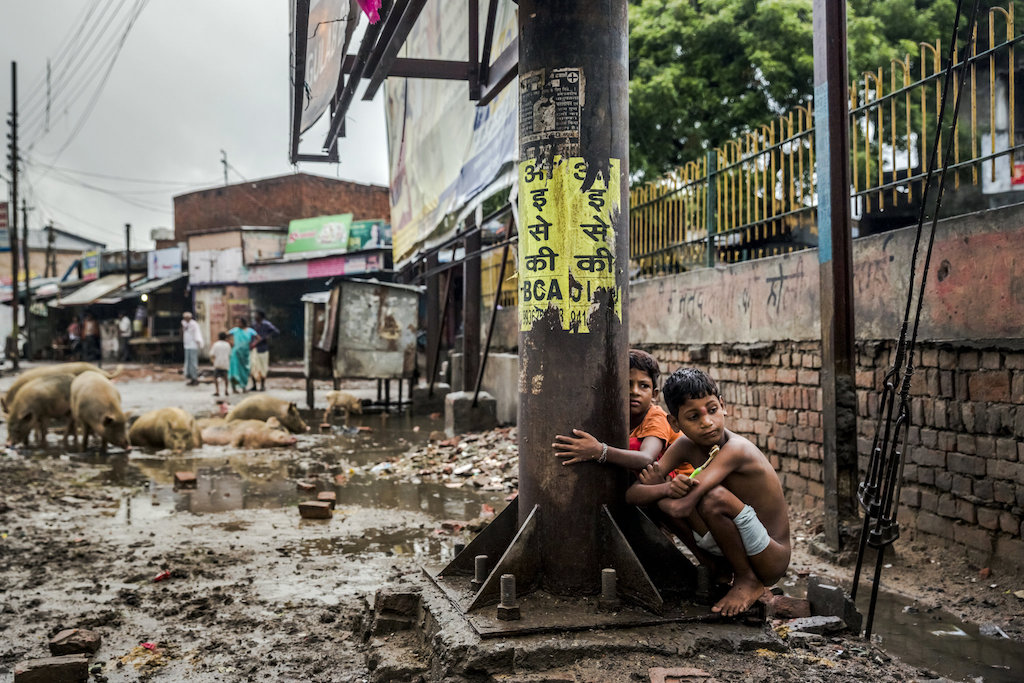

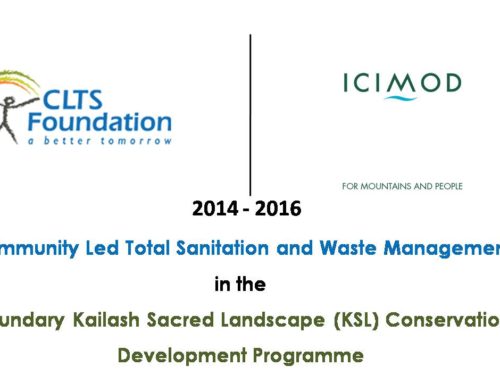
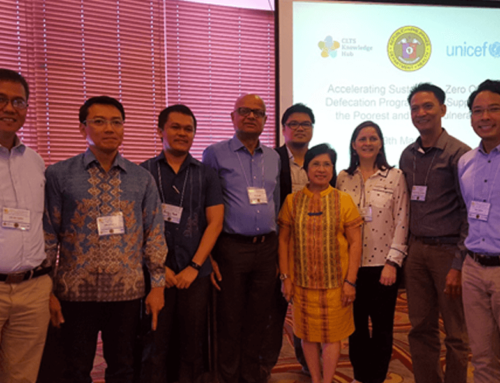
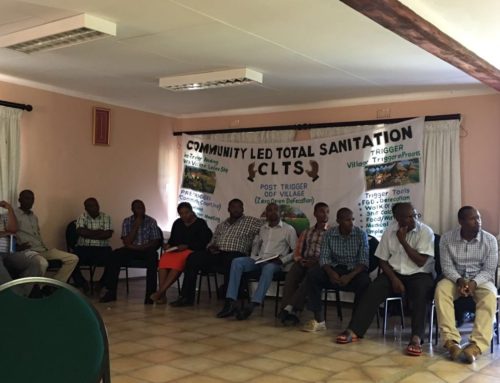
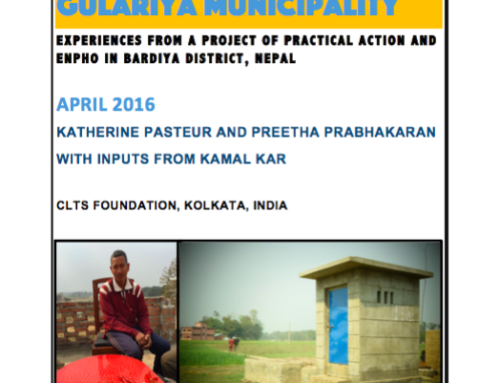
Leave A Comment